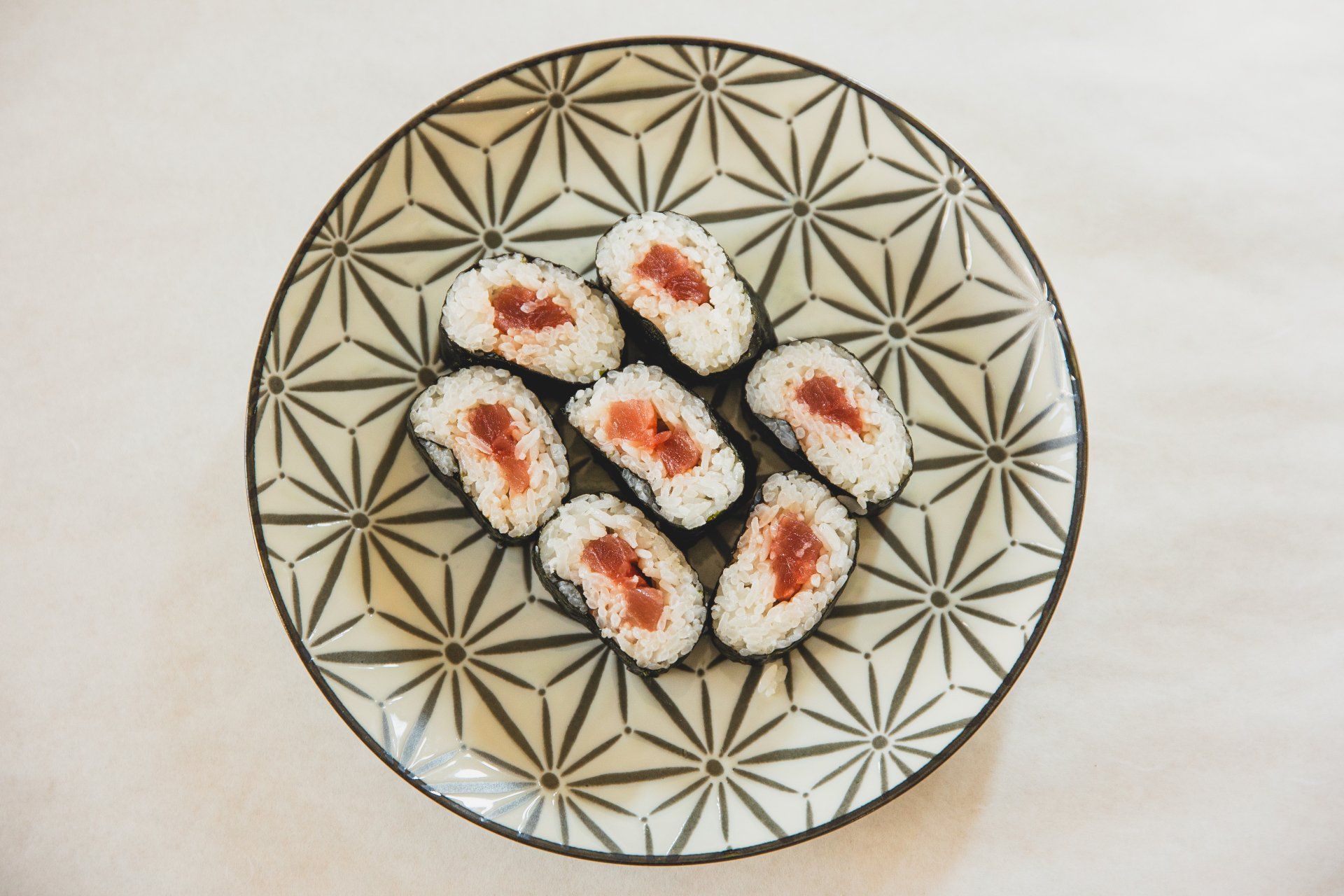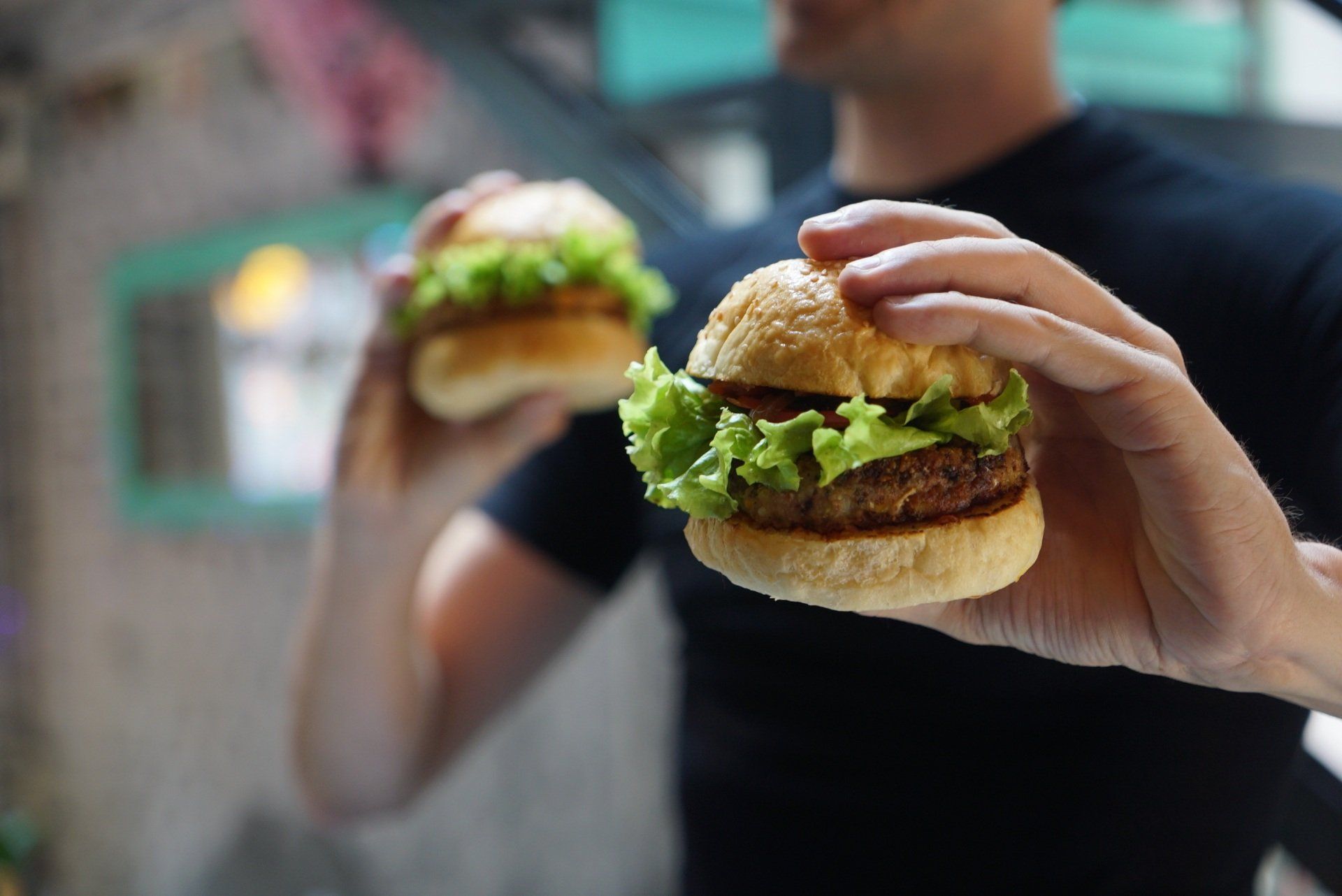How To Lose Weight Without Counting Calories: Rituals
In the last anti-diet weight loss post we focused on ritualistic eating (patterned behaviors during consumption, like the way Kourtney Kardashian eats a KitKat). But there are also pre- and post-meal rituals to consider.
Ritual theorists (yes, it’s a job classification) believe the power of these kinds of rituals (like holding hands and saying grace before a meal) come from their effect on core aspects of well-being—social bonds, meaning, purpose, identity and belonging.
As rituals improve well-being the effects can be seen downstream—stress relief, more focus, better self-control, increased self-worth, higher sensitivity, greater awareness, and better decision-making. All of which make weight loss easier.
Rituals Are Key To Intuitive Eating
Food rituals also have inherent mechanisms that promote slimmer bodies. Let’s use wine to make the point. Following are two scenarios in which two people who don’t know each other well share a bottle of wine.
Scenario 1: With Little or No Rituals
Friend A opens the wine with a standard winged corkscrew and pours it into unremarkable wine glasses. Friend B raises her glass, says, “Cheers!” and the conversation begins. The two are a bit awkward with each other but the wine helps and they tear through the bottle in half an hour.
Scenario 2: With Rituals
Friend A opens the wine with a standard winged corkscrew and pours it into unremarkable wine glasses. Friend B judges the appearance by holding the glasses up to the light. Both friends talk about the color, the opacity. They bond over this, each learning from the other.
They swirl the wine by placing two fingers on either side of the stem, making small circles with the base. Then they smell the wine. Twice, actually. The first inhale, from just outside the glass, comes in slow and long. The second inhale, from inside the glass, comes sharp and abrupt. This helps them smell both the aromas that escape the glass and those that stay inside. They compare notes, playfully argue, and add to their knowledge.
Next, they place a small amount of wine in their mouths and perform the famous wine tasting slurp. This increases the number of aromas that go through the mouth to reach the nose, increasing the intensity of the flavors.
The comments start flying on the qualities of the wine—the fruitiness, the acidity, the tannins. The friends then transition to non-wine conversations. Each time more wine is poured they go through some version of the rituals just mentioned. Even after an hour, they don’t finish the bottle, corking it after they’d gone through about two-thirds of it.
Discussion
The scenario with little or no rituals forced attention on the visceral pleasures of stress relief and improved mood. Meaning, they drank more for the effect of the alcohol than the taste of the wine.
Contrast this with the rituals scenario. Attention was directed toward the Epicurean pleasures—the smell, the look, the taste of the wine, along with its provenance. The friends also experienced visceral pleasures (the effect of the alcohol) but the emphasis was on the Epicurean. You've heard of conscious eating? This is conscious drinking!
In the first scenario, no rituals meant faster drinking. In the second, having rituals meant slower drinking. The time between ritual and sip created a greater anticipation for the wine, which made the friends want to savor rather than gulp.
Because it took longer to drink the wine, the companions in the rituals scenario more accurately sensed both their alimentary alliesthesia (how full they were with wine) and their sensory specific satiety (the decline in pleasure that comes from habituated taste buds). This caused them to stop drinking earlier than the friends in Scenario 1.
The bottom line: The friends who engaged in rituals (an intuitive eating habit) took in considerably less calories, alcohol and sugar while getting more pleasure out of the wine.
While I used wine as an example, these dynamics also apply to food.
Make Rituals A Part of Every Snack & Meal
Clearly, we need to make rituals a part of every eating experience, including snacks. Most of us are familiar with pre-meal rituals—pausing before a meal, saying grace, a moment of gratitude—but as you saw in the wine example and Kourtney Kardashian’s “how to eat a KitKat” video, rituals also include what you do
during the experience.
What would be the equivalent of inhaling the wine? Inhaling the food! The equivalent of moving the glass in a circle? Putting your fork down between bites.
Rituals don’t have to be “special” or loaded with significance. You could have quirky ways of serving yourself and call it a ritual. Or construct a pattern of eating that helps you slow down and enjoy the food. You’re free to borrow rituals from your spiritual or cultural heritage or you can simply make them up! It doesn’t matter.
Now, what are the “best practices” surrounding rituals? We'll find out in the next post. While you're waiting check out our
No Diet Weight Loss online course.
Academic Studies Informing This Article On Weight Loss Without Dieting
Wansink, B., & van Kleef, E. (2014). Dinner rituals that correlate with child and adult BMI. Obesity (Silver Spring, Md.), 22(5), E91–E95. https://doi.org/10.1002/oby.20629
Quote: To summarize, the ritual of where one eats and how long one eats seems to be the largest driver of both adult and child BMI. Eating in the kitchen or at the dining room table and remaining at the table until everyone is finished eating were both associated with lower BMIs for parents and children.
Lin, P. Y., Wood, W., & Monterosso, J. (2016). Healthy eating habits protect against temptations.
Appetite,
103, 432–440. https://doi.org/10.1016/j.appet.2015.11.011
Quote: In our research, healthy habits protected against the unhealthy consequences often associated with reduced executive control. Habits thus can maintain healthy choices and small portions when people are not prepared to deliberate.
Tian, A. D., Schroeder, J., Häubl, G., Risen, J. L., Norton, M. I., & Gino, F. (2018). Enacting rituals to improve self-control.
Journal of personality and social psychology,
114(6), 851–876. https://doi.org/10.1037/pspa0000113
Quote: A field experiment showed that engaging in a pre-eating ritual over a 5-day period helped participants reduce calorie intake (Experiment 1). Pairing a ritual with healthy eating behavior increased the likelihood of choosing healthy food in a subsequent decision (Experiment 2), and enacting a ritual before a food choice (i.e., without being integrated into the consumption process) promoted the choice of healthy food over unhealthy food (Experiments 3a and 3b).
Vohs, K. D., Wang, Y., Gino, F., & Norton, M. I. (2013). Rituals enhance consumption.
Psychological science,
24(9), 1714–1721. https://doi.org/10.1177/0956797613478949
Quote: Four experiments tested the novel hypothesis that ritualistic behavior potentiates and enhances ensuing consumption--an effect found for
chocolates, lemonade, and even carrots.
Rituals enhance the enjoyment of consumption because of the greater involvement in the experience that they prompt.










